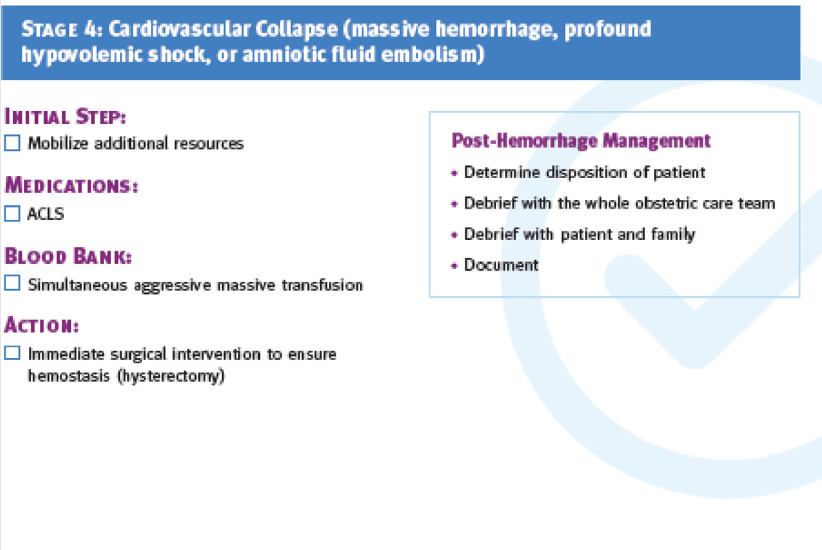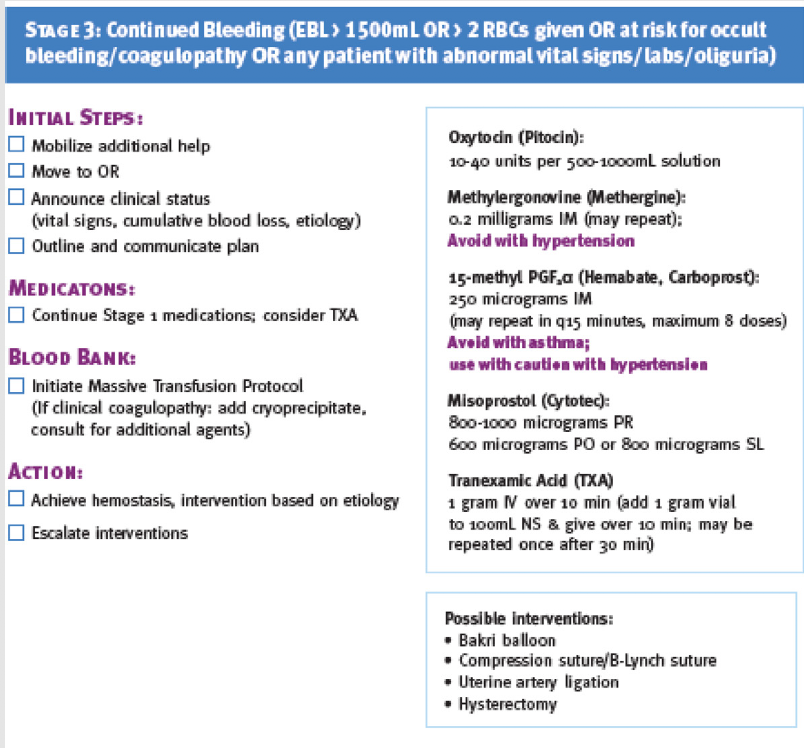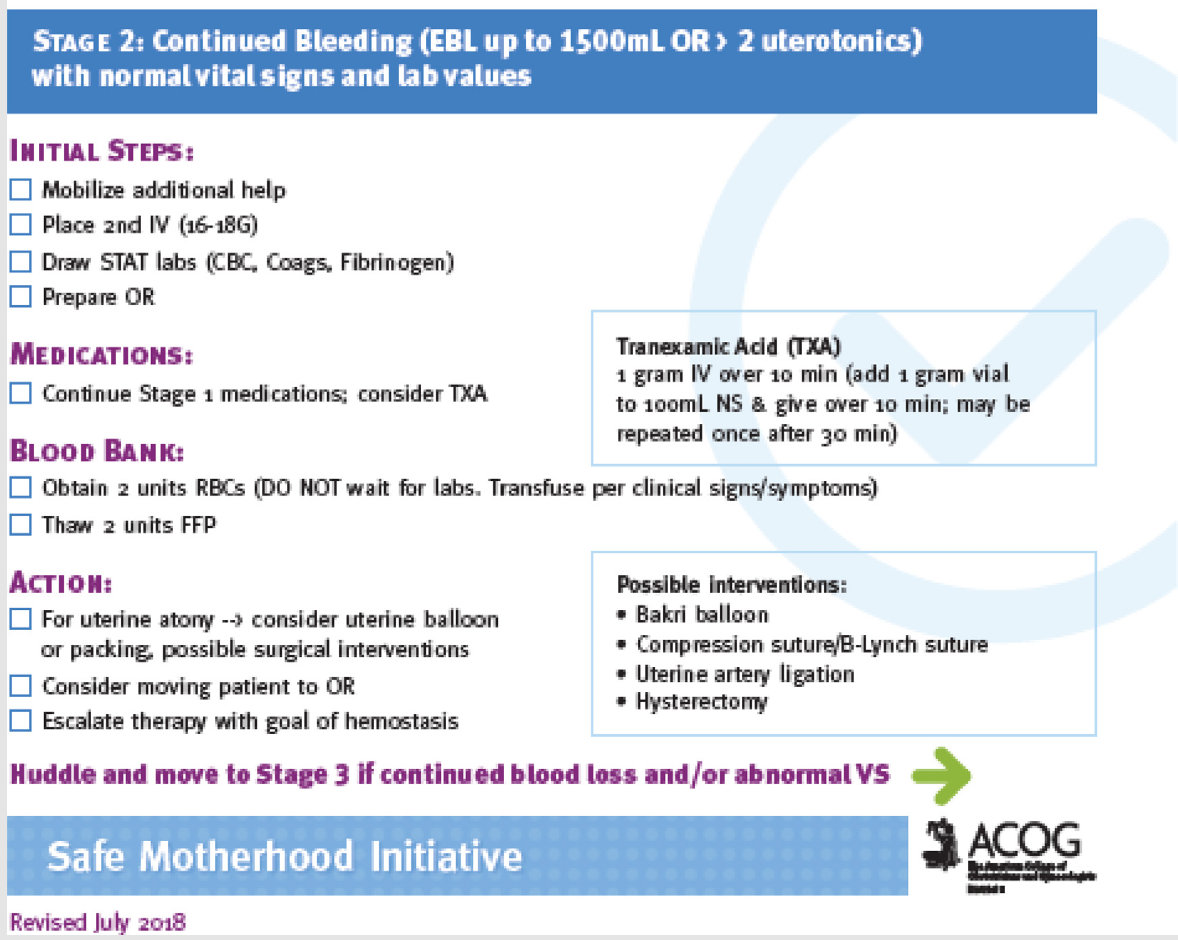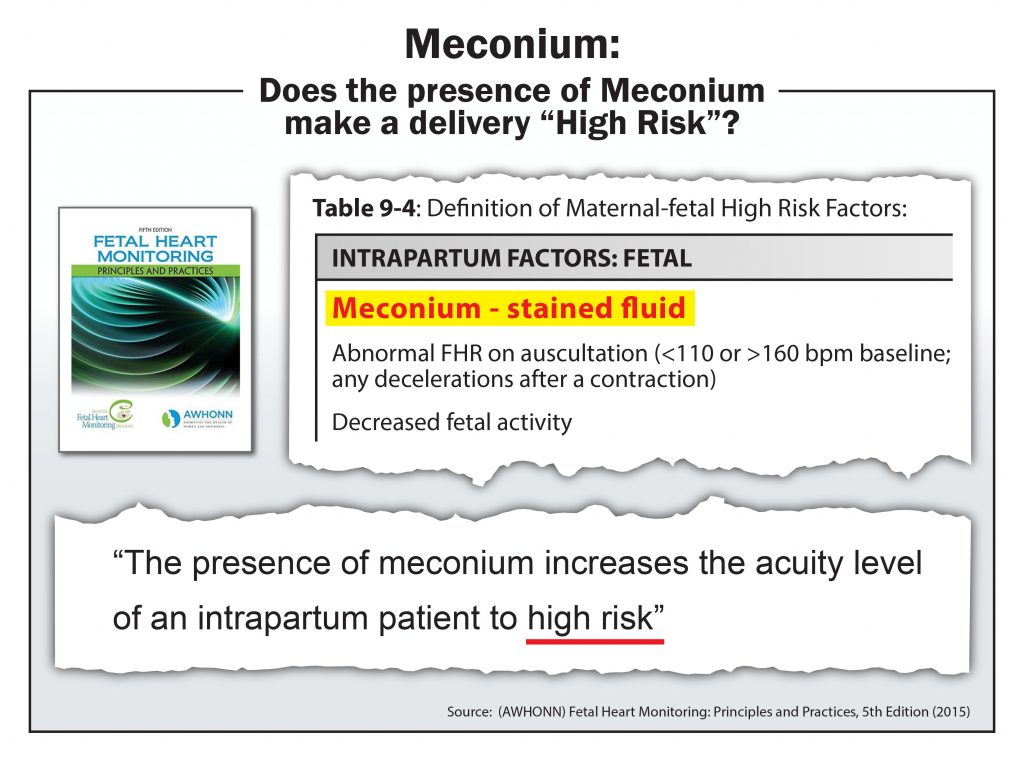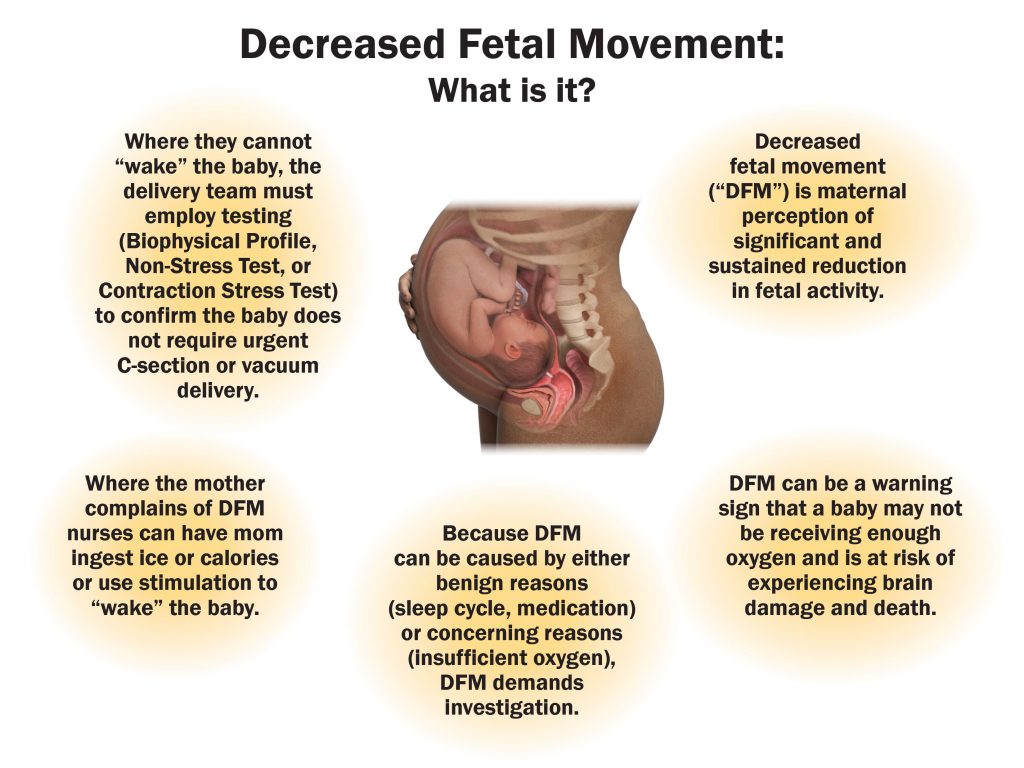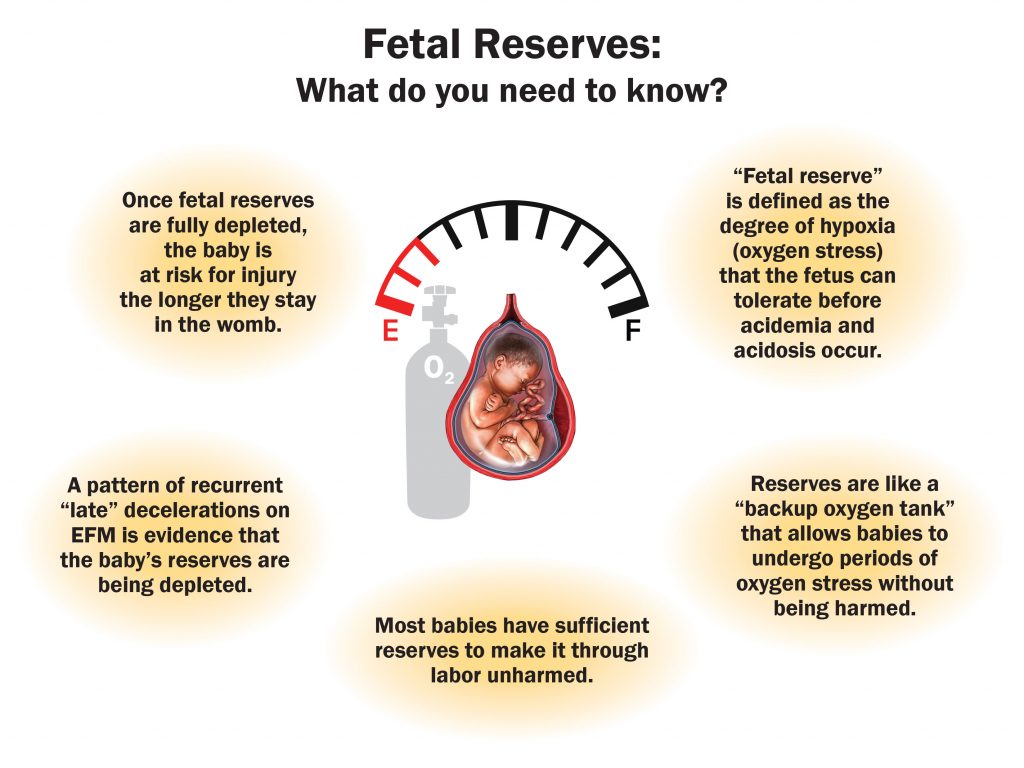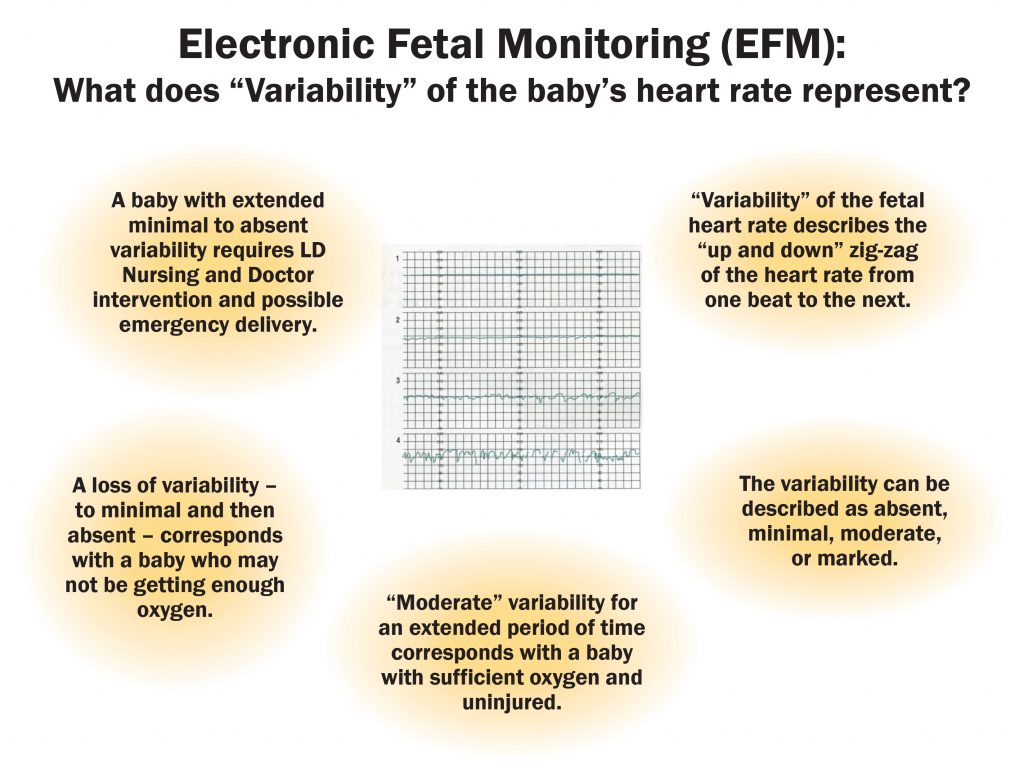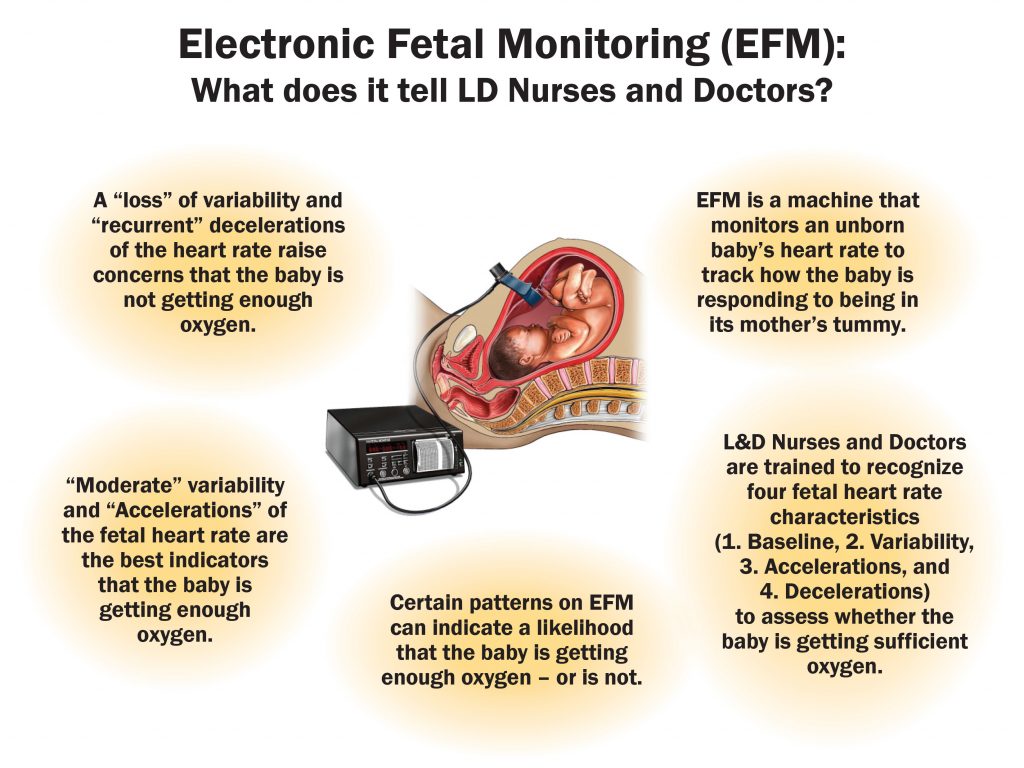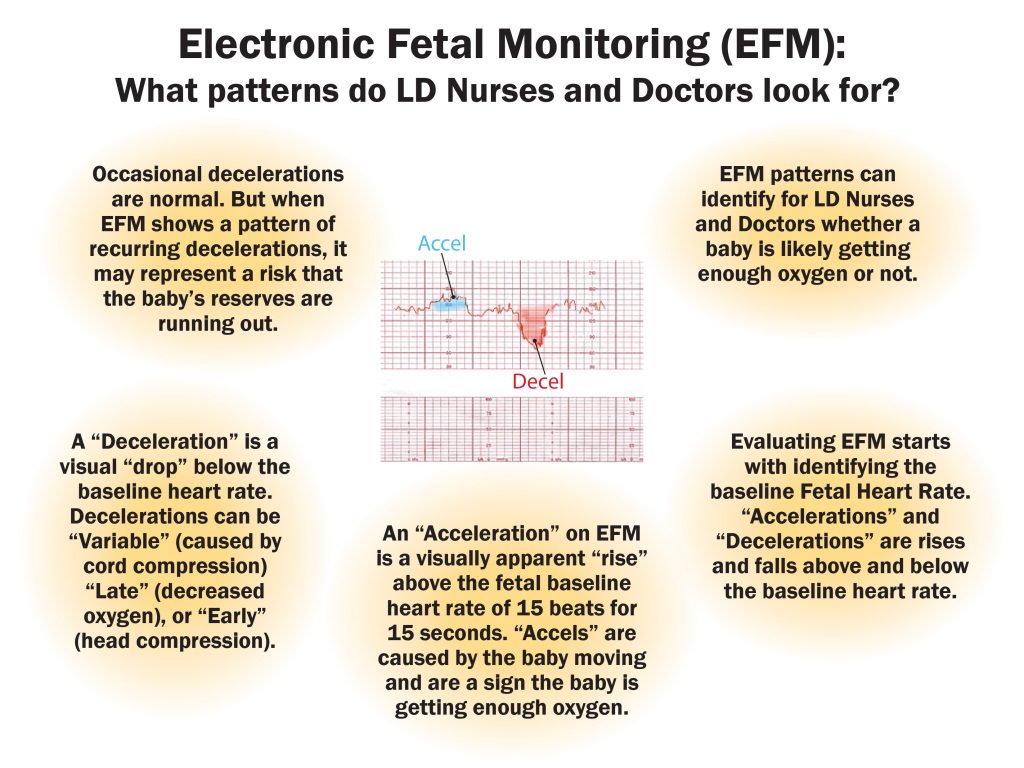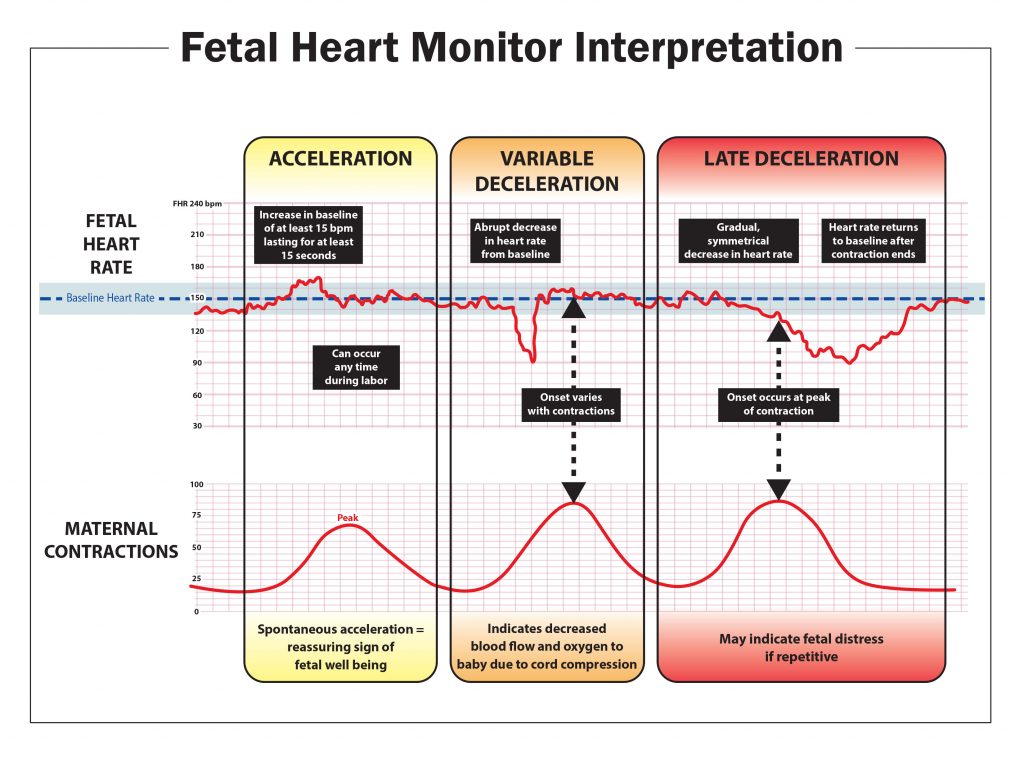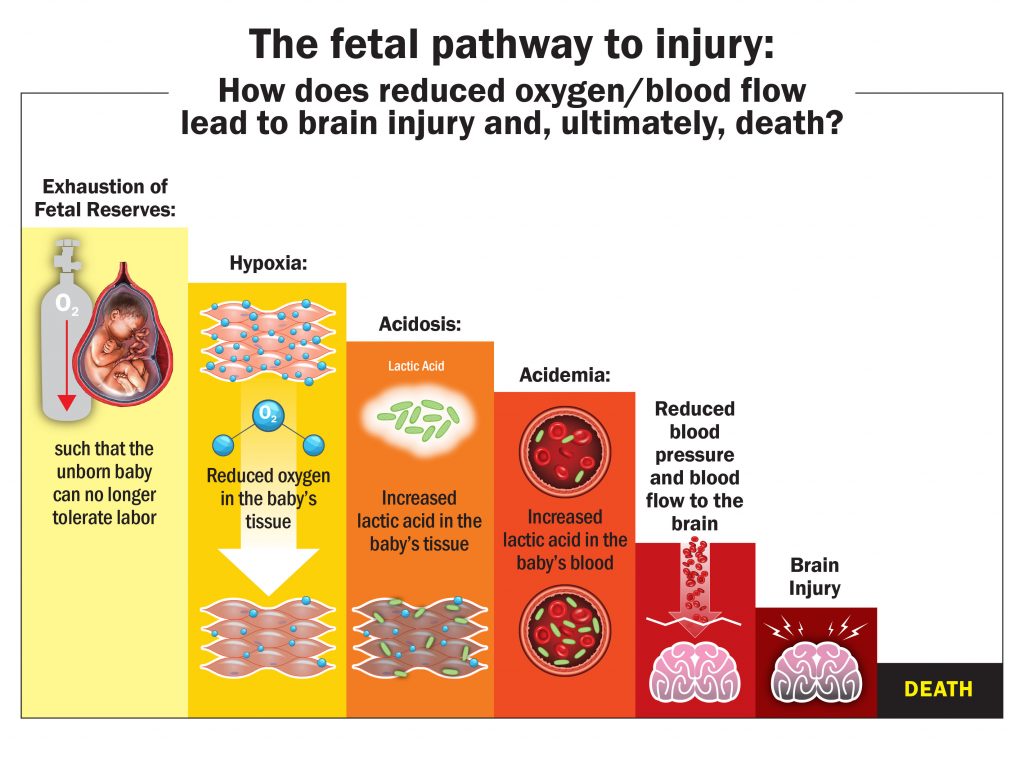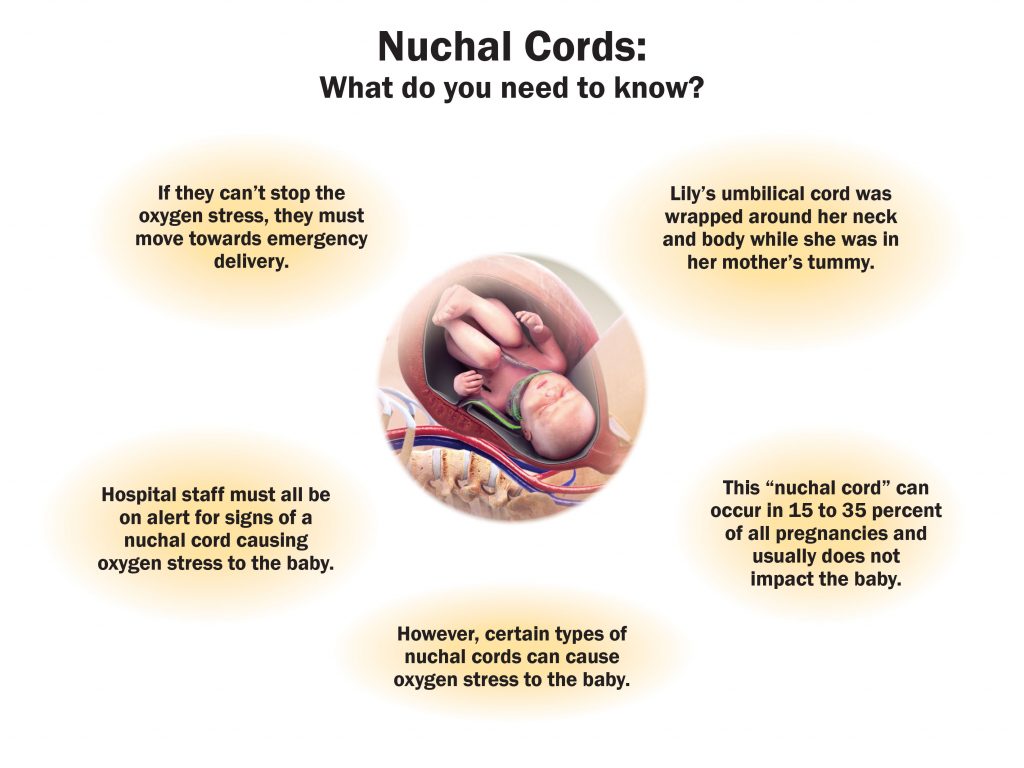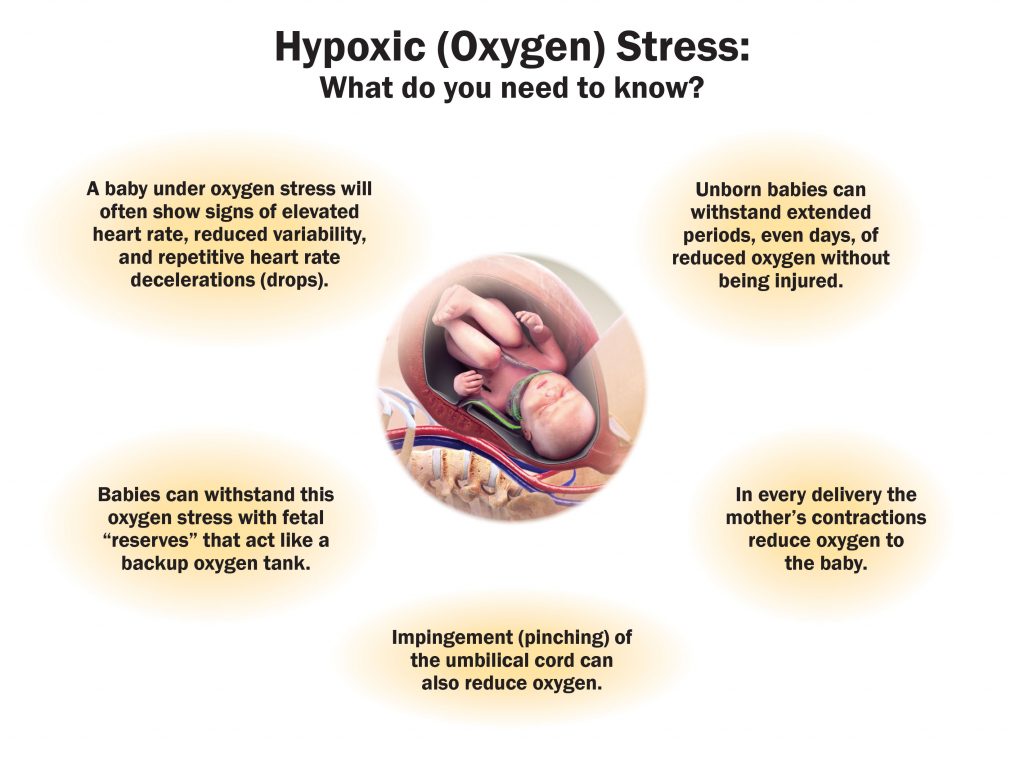Earlier this year, an article was posted with general introductory information about cerebral palsy, a group of disorders resulting from injury to the developing brain of a fetus that affects motor skills and posture. This article follows up by providing information on how to detect cerebral palsy in a child based on the child’s age.
According to the American Pregnancy Association, cerebral palsy is typically not diagnosed in children until they have reached about two or three years old. However, indicators can occur as early as when the child is younger than six months old. While no single diagnostic test for cerebral palsy exists, vigilance regarding the growing child’s milestones and whether the child reaches them at the appropriate times, along with the help of the child’s doctor, can aid in the diagnosis of cerebral palsy.
An early sign may be a child’s difficulty learning to roll over, sit, crawl, or walk as he or she grows. According to the Web Health Centre, “most often a problem is suspected when the child’s milestones are delayed.” Additionally, early in the child’s life, even before the child is six months old, if he feels “floppy” or his head lolls backward when the mother picks him up–or, alternatively, he feels stiff–he may have either too stiff or too loose muscles, a condition created by cerebral palsy, which can vary the child’s muscle tone. If a parent notices such symptoms, the child should be taken to his doctor, who will check the child’s reflexes, according to the American Pregnancy Association. Additionally, the doctor will check to see if the child has developed a hand preference, i.e., whether he is right- or left-handed. Some babies afflicted with cerebral palsy will develop hand preferences before they reach six months of age, as opposed to most babies, who do not develop a hand preference until they have reached at least a year in age.
According to the Centers for Disease Control (CDC), symptoms in babies over six months old might include an inability to roll over or bring her hands together or to her mouth, or keeping one hand fisted while utilizing the other. More telltale signs can occur after ten months, such as the baby’s crawling “in a lopsided manner,” or dragging one side of his body while using the other to crawl.
Parents should take any concerns about their baby’s development to the child’s doctor, who can help the parents monitor the child’s development in order to effectively diagnose or rule out cerebral palsy through developmental monitoring, followed by a screening test if the doctor believes there is any cause for concern. Many online organizations provide “milestone charts” that give a very general guideline of what most babies will do to show development by certain ages, which can help parents determine whether they should be concerned about their child’s developmental progress.
Tyrone Law Firm seeks to help those whose loved ones suffer from cerebral palsy. If you are seeking legal representation in regards to cerebral palsy, please contact the firm to see what it can do for you.
Additional Resources
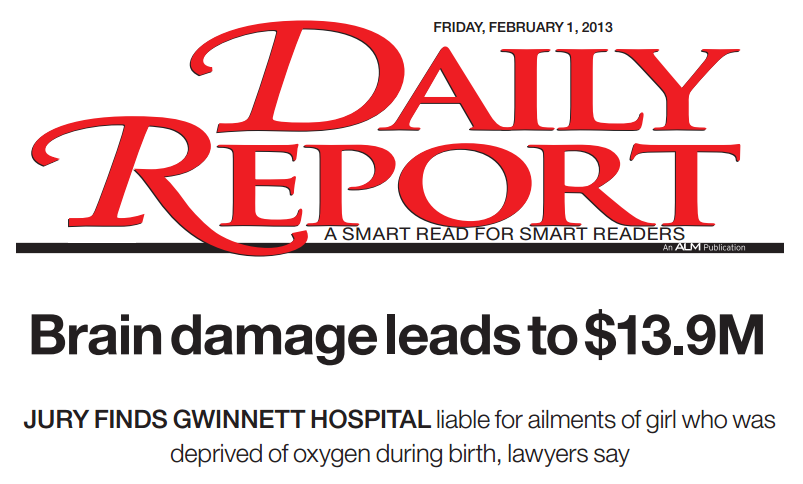



 Hayley serves as a Labor and Delivery Nurse Consultant for the Tyrone Law Firm. She attended and graduated Cum Laude from the University of Georgia in 2004 with a Bachelor of Arts degree in Journalism/Public Relations. After graduation she moved to the gulf coast where she pursued a career in real estate and development.
Hayley serves as a Labor and Delivery Nurse Consultant for the Tyrone Law Firm. She attended and graduated Cum Laude from the University of Georgia in 2004 with a Bachelor of Arts degree in Journalism/Public Relations. After graduation she moved to the gulf coast where she pursued a career in real estate and development.
